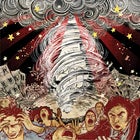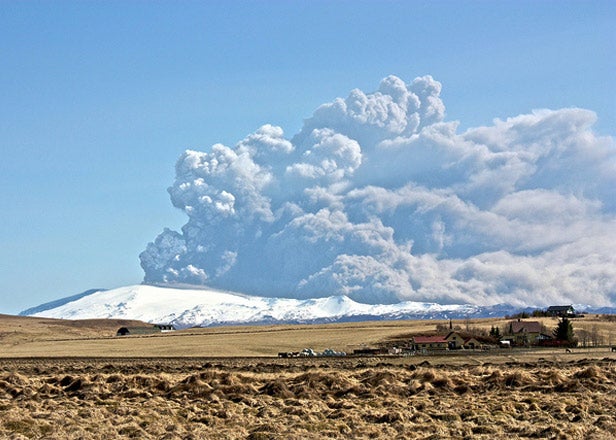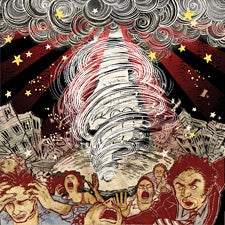Q. What’s with all the seismic activity lately? Is there a pattern here?
Natural Disaster
 Natural Disaster
Natural DisasterA. With the 7.0-magnitude quake in Haiti on January 12, followed five weeks later by an 8.8 in Chile and a slew of quakes in China, Taiwan, Mexico, and Turkey, plus volcanoes blowing their tops in Iceland and Alaska, that’s a tempting conclusion. But it turns out that 2010 isn’t more seismically active than any other year, according to Michael Blanpied, associate coordinator for earthquake hazards at the U.S. Geological Survey. As of July, the USGS had identified 47 significant earthquakes this year, which is not abnormal. What’s abnormal is that several of them were centered near densely populated cities. In other words, even though the Haiti and Chile quakes occurred only weeks apart, they were unrelated.
“Earthquakes beget aftershocks by stressing the next piece of the fault chain, and big earthquakes can cause big aftershocks,” says Blanpied. “But fault systems around the world are fairly independent of one another. Any way you try to slice the global earthquake catalog, it all looks random.” That is, unless the slicing is being done by Iranian cleric Kazem Sediqi, who blamed the shaking on immodest women. In response, on April 26, Purdue University senior Jennifer McCreight organized Boobquake, a day of gratuitous cleavage across college campuses.
The Wild File: Sinkholes
sinkhole
 Guatemala Sinkhole
Guatemala SinkholeQ. What are the odds that my house will fall into a sinkhole like the one that formed in Guatemala?
A. Not likely, but sinkholes are becoming more common. In May, when photos of the Guatemala City sinkhole—which consumed an entire three-story building—first surfaced on the Web, a chorus of skeptics cried Photoshop. Indeed, the cavity was a nearly perfect circle, 60 feet in diameter and 100 feet deep. As sinkholes go, though, this one was an anomaly. It formed in volcanic pumice rather than softer mineral rock like limestone or gypsum. Normally, sinkholes are primed by years of acidic rainwater dissolving minerals in the soil or bedrock, creating an area of porous latticework that collapses suddenly when the column is disturbed. While the Guatemala hole’s implosion was most likely activated by a deluge from Tropical Storm Agatha, the real culprit was an outdated sewage system that sped up the erosion process. “Increases in urban development, leaky infrastructure, and groundwater withdrawals all contributed,” says USGS hydrogeologist Patricia Metz.
As for your chances of getting that ol’ sinking feeling in the U.S., be aware that parts of Texas and the Great Lakes region are prone to sinkholes, but the most vulnerable spots are in northern and west-central Florida.
The Wild File: Lightning

Q. Why was there lightning in the ash clouds from that Icelandic volcano?
A. The eruption of Iceland’s Eyjafjallajökull did more than ground European air traffic; it created dirty thunderstorms in its ash plume. Though many eruptions produce lightning, few cases have been studied. “The ash particles banging into each other in the cloud and the charges coming out of the vent aren’t well understood,” says Graydon Aulich, an atmospheric scientist at New Mexico Tech and co-author of a 2007 study on the topic published in the journal Science. According to the study, which was conducted during the 2006 eruption of Alaska’s Mount Augustine, the ash emerging from all volcanoes emerges charged but may pick up additional electricity the same way a thunderhead does through colliding ice crystals. And when the strongly charged atmosphere becomes ripe for ionizing air molecules, the freed electrons carry electricity to the ground in the form of lightning bolts. During the 1980 Mount St. Helens eruption, ground strikes ignited hundreds of forest fires near the volcano.


